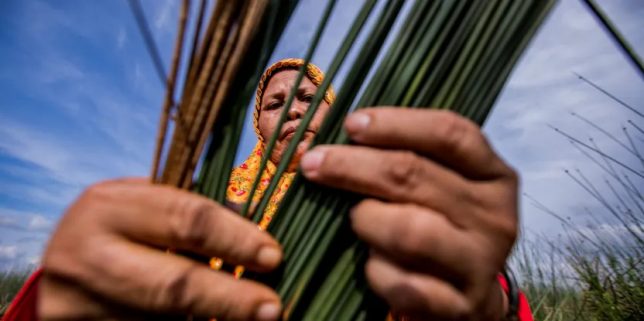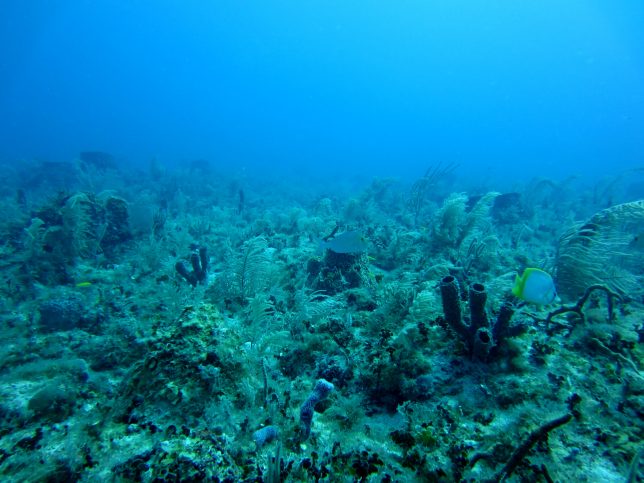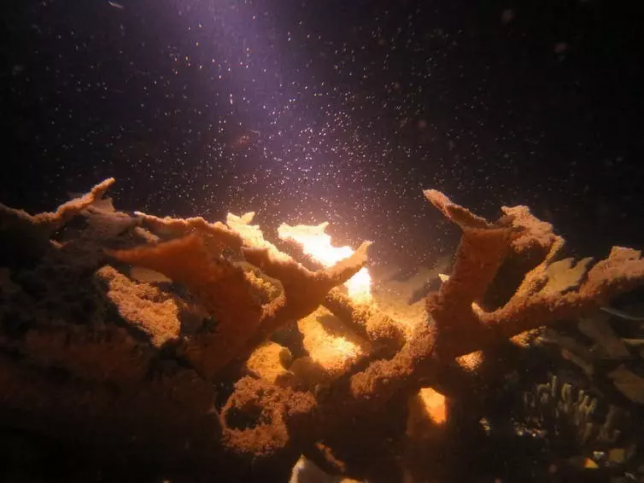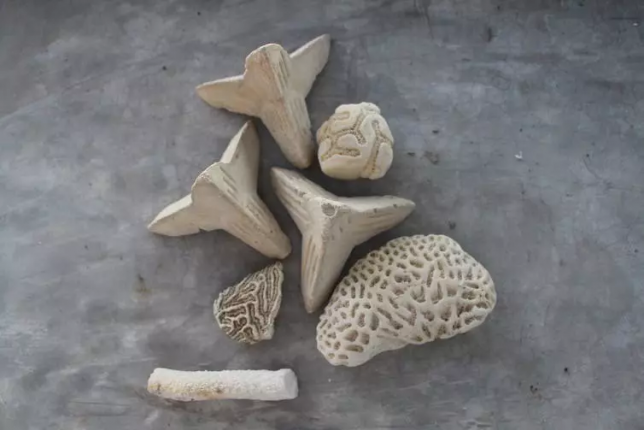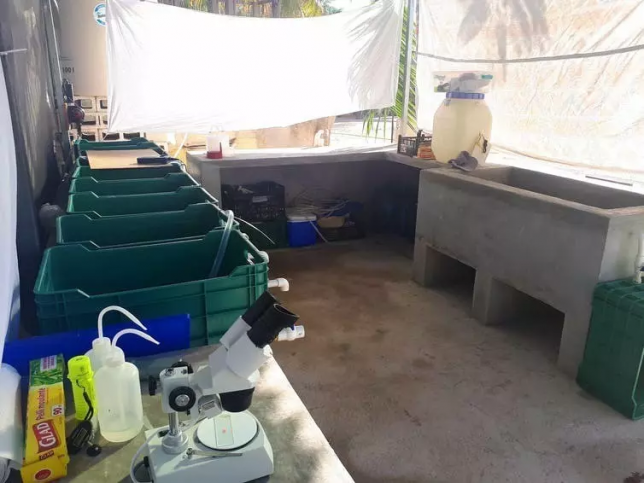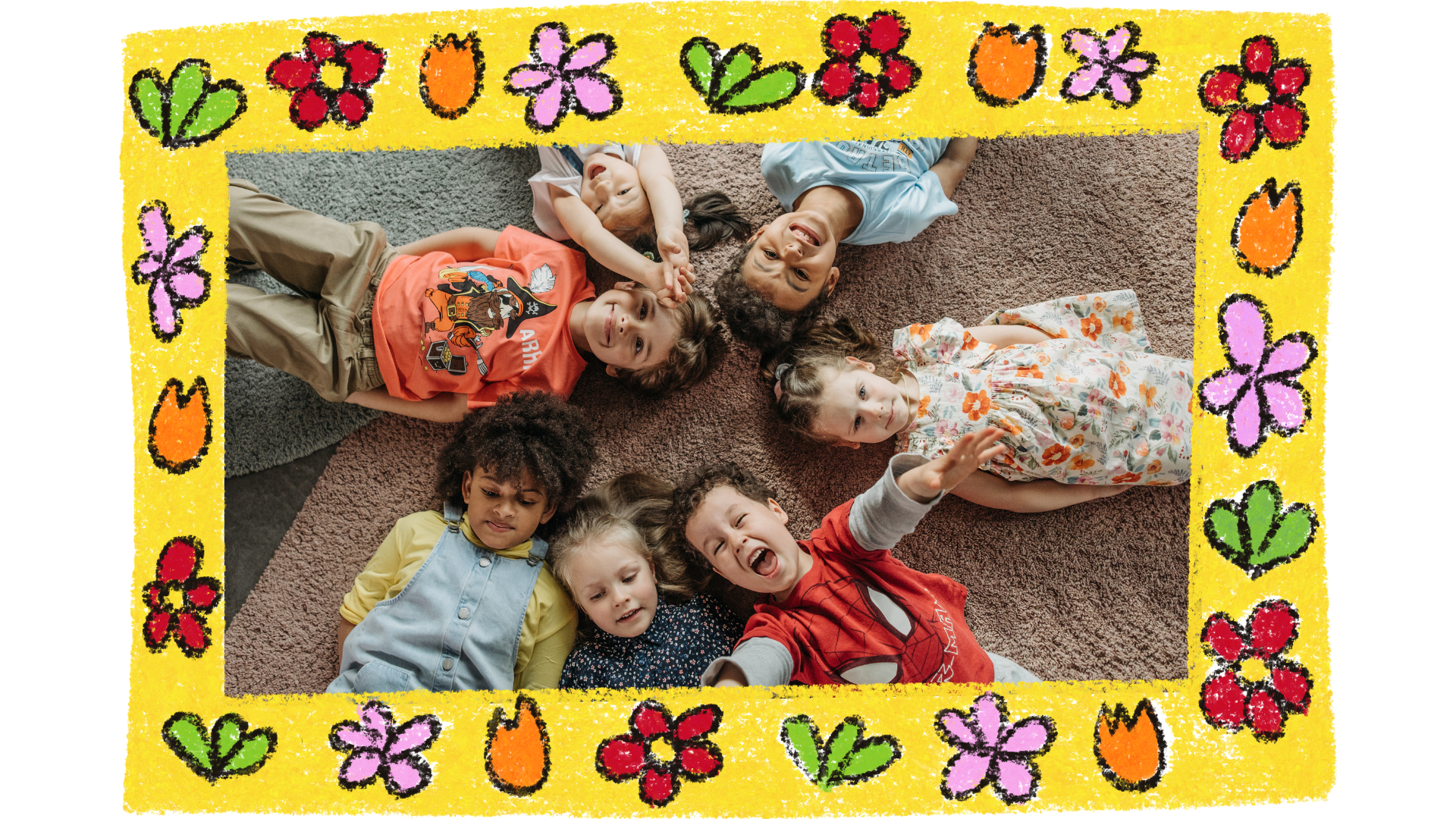
Joyful Moments in Full Bloom
A Call to Action
The health of our planet and our children are closely linked. Biodiversity—the variety of life on Earth—plays a critical role in keeping ecosystems and people healthy. Yet, biodiversity is rapidly declining, and climate change is worsening its impacts. Children are particularly vulnerable to these changes, as their developing bodies are more sensitive to environmental stressors and they face a longer lifetime of exposure.
Understanding the Crisis
What Is Biodiversity and Why Does It Matter?
Biodiversity refers to the variety of plants, animals, and microorganisms on Earth, as well as the ecosystems they form. It ensures clean air, water, and food, regulates diseases, and supports human health in countless ways.
However, human activity—deforestation, pollution, and overuse of natural resources—has caused biodiversity to decline at an alarming rate. Combined with climate change, these losses create a cycle of destruction that threatens not just the environment, but also our health.
Why Are Children More Vulnerable?
The impacts of biodiversity loss and climate change are particularly severe for children due to their unique vulnerabilities. These include biological factors and social dependencies that make them less able to cope with environmental changes. For example:
- Their immune, respiratory, and nervous systems are still developing.
- They breathe more air and consume more food relative to their size, increasing exposure to pollutants.
- They depend on adults to provide safe environments and resources.
Key Areas of Impact on Pediatric Health
Microbial Diversity: Building Immunity
Microbial diversity, found in soil, water, and plants, is essential for the healthy development of a child’s immune system. When ecosystems lose biodiversity, children lose exposure to beneficial microbes, leading to a range of health issues.
- What It Does: Microbial diversity in soil, water, and plants influences the microbes children are exposed to, which is essential for developing strong immune systems.
- The Problem: Biodiversity loss reduces exposure to beneficial microbes, increasing risks of allergies, asthma, and inflammatory diseases.
Green Spaces: Nature’s Healing Power
Green spaces with diverse plant and animal life provide much more than aesthetic beauty. They are critical for children’s mental, emotional, and physical health, offering restorative environments for growth and learning.
- Benefits: Access to biodiverse green spaces improves physical activity, mental health, and cognitive development in children.
- Evidence: Studies show that exposure to diverse plant and animal life in parks and gardens boosts children’s emotional well-being and attention spans.
Heatwaves and Flooding: Rising Risks
As climate change drives more extreme weather, children are facing increasing risks from heatwaves and flooding. These events not only cause immediate health threats but also disrupt the ecosystems that help protect against them.
- Heat-Related Illnesses: Children are at greater risk of heat exhaustion and dehydration during heatwaves, which are becoming more frequent due to climate change.
- Flooding: Loss of ecosystems like wetlands, which absorb excess water, increases the risks of displacement, injury, and waterborne diseases.
Infectious Diseases: Expanding Threats
Climate change is enabling the spread of disease-carrying insects to new regions, putting children at a greater risk of infectious diseases. Biodiversity loss compounds this by reducing natural pest control systems.
- Vector-Borne Diseases: Climate change allows disease-carrying insects like mosquitoes to thrive in new regions, increasing risks of illnesses like dengue and Lyme disease.
- Children at Risk: With weaker immune systems, children are more susceptible to severe outcomes.
Air Pollution: Breathing Problems
The destruction of biodiversity-rich ecosystems contributes to worsening air pollution. For children, this means a higher risk of respiratory illnesses and developmental challenges.
- The Link: Biodiversity loss contributes to air pollution as ecosystems that filter air—like forests—are destroyed.
- Impact: Air pollution worsens asthma, bronchitis, and developmental issues in children.
Pediatric Medicine: Lost Potential
Biodiversity plays a key role in medical advancements. Many life-saving medicines have been discovered through the study of plants, animals, and microorganisms, a potential that is at risk with biodiversity loss.
- Biodiversity’s Role: Many medicines are derived from plants, animals, and microorganisms. For example, antibiotics like penicillin come from fungi.
- The Risk: Biodiversity loss could mean less availability of these medicinal sources.
Solutions and Mitigation Strategies
Ecosystem Restoration
Restoring biodiversity is critical for mitigating the impacts of climate change and creating healthier environments for children. These efforts can range from local projects like community gardens to global initiatives aimed at protecting ecosystems.
- What Works: Rewilding efforts and urban planning that integrate biodiversity can restore ecosystems and improve air quality, reduce flooding, and create cooling effects.
- Example: Restored urban green spaces have been shown to lower temperatures and improve local health outcomes.
Engaging Children in Biodiversity Initiatives
Getting children involved in biodiversity restoration not only helps ecosystems but also benefits their mental health and emotional well-being. These programs foster a sense of agency and environmental awareness.
- Programs: Community gardens, tree-planting drives, and biodiversity education in schools.
- Benefits: These activities not only improve ecosystems but also enhance children’s mental health, provide hands-on learning, and empower them to take action.
Policy and Community Action
Addressing biodiversity loss requires a collaborative effort across individuals, communities, and governments. Policymakers and organizations can create programs that protect and restore biodiversity while involving the public.
- Global Initiatives: The UN Decade on Ecosystem Restoration is an example of efforts to promote biodiversity worldwide.
- Local Efforts: Schools and communities can push for greener policies, like protecting wetlands or creating more biodiverse parks.
Research Gaps and Future Directions
While we know biodiversity loss and climate change harm children’s health, more research is needed to fully understand the long-term effects. By addressing these gaps, we can create better solutions tailored to children’s needs.
- More studies are needed on the long-term health benefits of biodiversity restoration.
- Research should focus on how interventions, especially in underserved communities, can best support children.
Summing Up
Biodiversity and climate change are not abstract issues—they directly impact children’s health today and their futures tomorrow. From the air they breathe to the spaces they play in, children are deeply connected to the natural world. Protecting biodiversity results in safeguarding the well-being of the next generation.
Call to Action
We can restore biodiversity by planting native species, reducing waste, and supporting conservation organizations. Communities can demand greener policies, and governments must prioritize ecosystem restoration. Together, we can protect our planet and ensure a healthier, safer future for all children.
Source: Seastedt, H., Schuetz, J., Perkins, A., Gamble, M., & Sinkkonen, A. (2024). Impact of urban biodiversity and climate change on children’s health and well-being. Pediatric Research.

